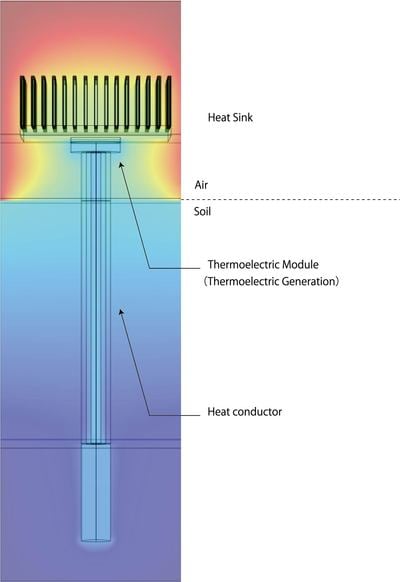TOPICS
- Award-Faculty
- Award-Student
- 2018
Natsuki Ikeda, Department of Mechano-Informatics (at that time) and other researchers won Best Paper Award and Presentation Award in DICOMO2018 by IPSJ
Natsuki Ikeda (M1 at that time), Department of Mechano-Informatics (at that time), Department of Information and Communication Engineering (present), Project Researcher Ryo Shigeta, Department of Information and Communication Engineering, Professor Junichiro Shiomi, Department of Mechanical Engineering, Associate Professor Yoshihiro Kawahara, Department of Information and Communication Engineering, won Best Paper Award (top 4 papers out of 258 nominations) and Presentation Award (26 papers out of 258 nominations) in Multimedia, Distributed, Cooperative, and Mobile Symposium 2018 by IPSJ.
September 4, 2018 (Best Paper Award), July 6, 2018 (Excellent Presentation Award)
●Name
Natsuki Ikeda (representative)
Natsuki Ikeda, Ryo Shigeta, Junichiro Shiomi, Yoshihiro Kawahara (all the members awarded)
●Faculty/Graduate School, Department (Stream/Program) / Major and Year in university
Ikeda: Master 1st year student, Kawahara Lab, Department of Information and Communication Engineering, Graduate School of Information Science and Technology
Shigeta: Project Researcher, Kawahara Lab, Department of Information and Communication Engineering, Graduate School of Information Science and Technology
Shiomi: Professor, Shiomi Lab, Department of Mechanical Engineering, Graduate School of Engineering
Kawahara: Associate Professor, Kawahara Lab, Department of Information and Communication Engineering, Graduate School of Information Science and Technology
<About awarded research>
The paper Implementation of Soil Moisture Profile Probe Driven by Soil Temperature Difference (in Japanese) won Best Paper Award (top 4 papers out of 258 nominations) and Presentation Award (26 papers out of 258 nominations) in Multimedia, Distributed, Cooperative, and Mobile Symposium 2018 by IPSJ.
We propose a battery-less soil moisture profile probe driven by the temperature differences between the near-surface air and the underground soil (the depth is 30 cm). While solar panels are commonly used in the agricultural field, they are not usable in areas receiving little sunshine. Our proposal can be applied to those situations where the environmental sensors are covered with vegetation, trees, and so on. Through simulation using temperature data of actual fields and experimental implementation, we showed the feasibility of our proposal.
<Comments>
I was able to win the prize with everyone's help. I will continue to do my best.

●Web link
http://dicomo.org/commendation/

